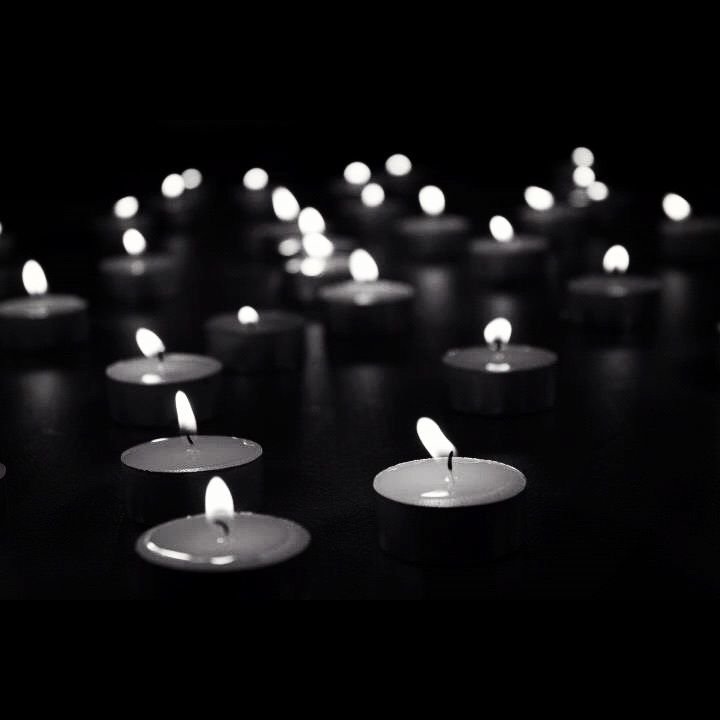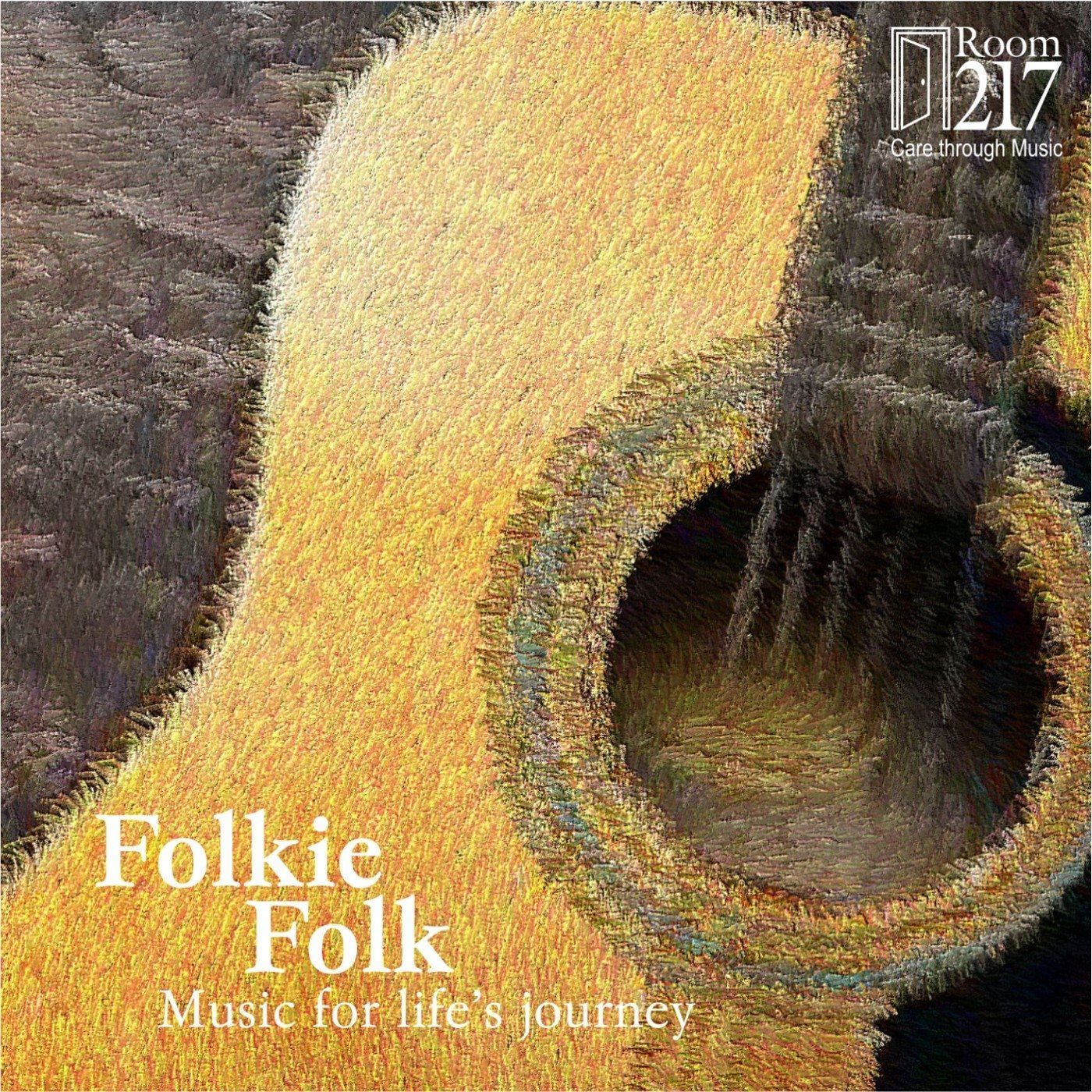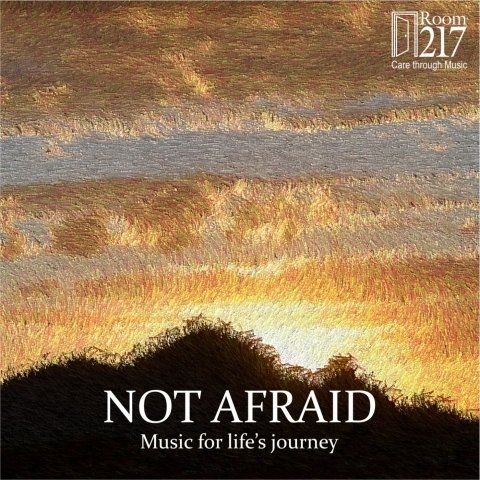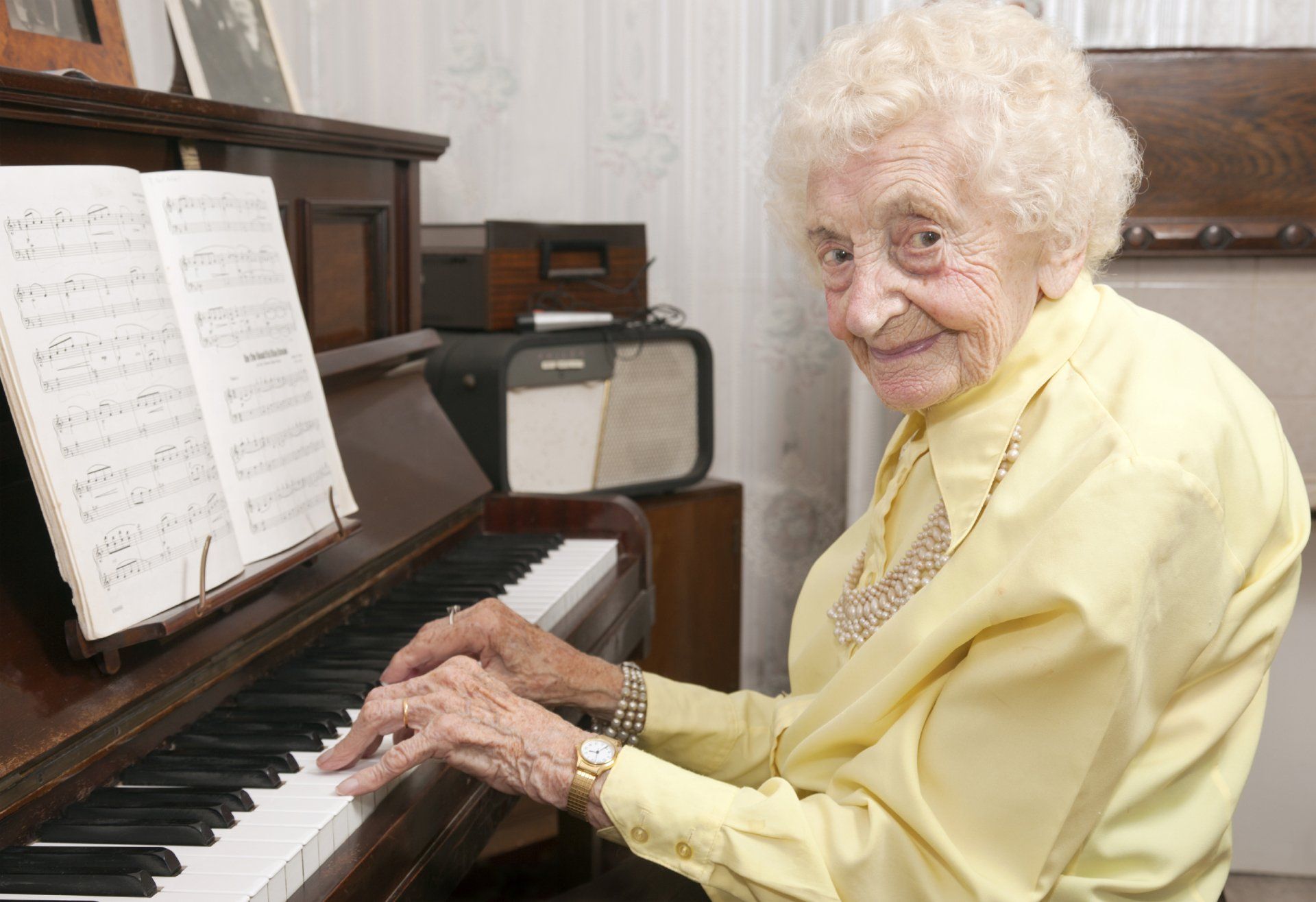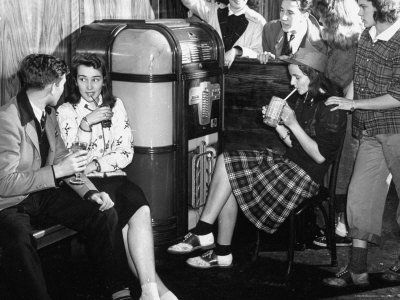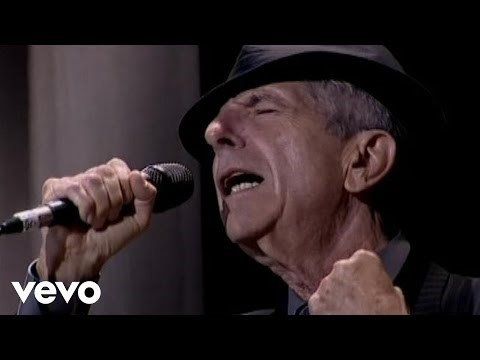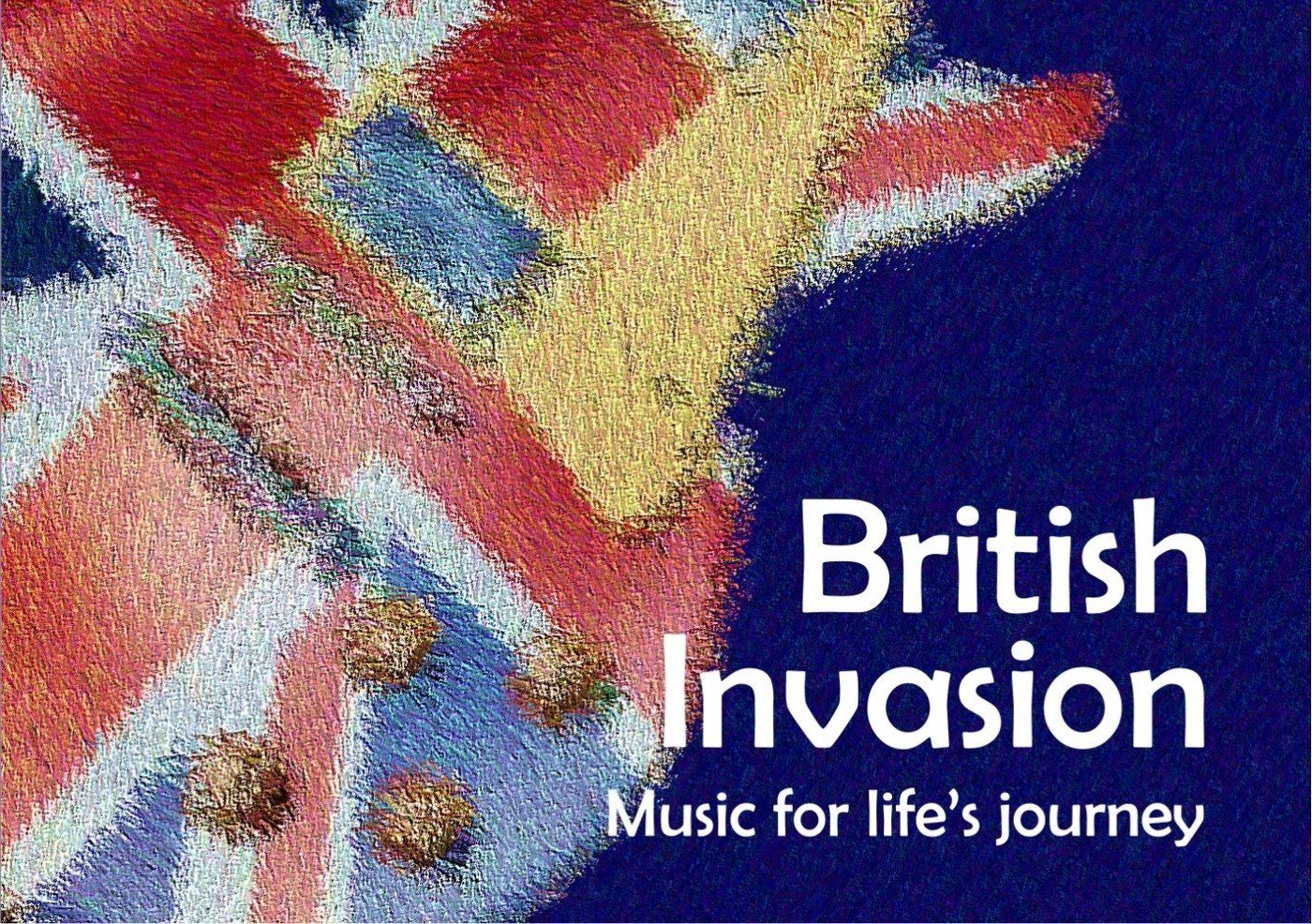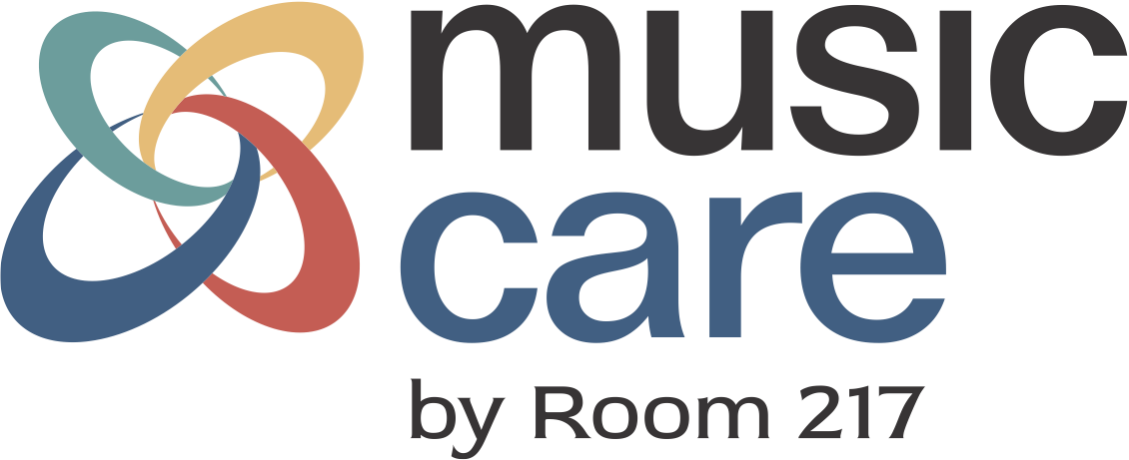Music Care Conference 2011 – Waterloo

Steven Page
Thank you to MCC Presenters for the exceptional opportunity to learn, share and be renewed in Waterloo on October 22. Thank you, too, to MCC participants for coming and for taking the time to give us feedback. For a brief look at how the day went, click here. Here are just a few of the participant highlights for 2011 as relayed to us via online survey.
- The opening Japanese flute and the immediate "holy hush" that descended upon the hall. Glorious anticipation! This followed by "the harp lady" and hearing her gentle work with the dying. If this is all I experienced at the conference, it would have been time and money well spent.
- Hmmm - tough call. I was most moved by Syd Birrell, most informed (historically) by Dr. Kogan, most enchanted by Therese, most impressed by Dr. Lee, and gained a new level of appreciation of Steven Page.
- I particularly enjoyed all the plenaries - the three speakers each shed new light on important areas for me and the interwoven music and speech methodology was very compelling.
- I think it was the choir at the beginning and also the other participants who were so interested to learn.
- Steven Page's candid keynote speech about his life and the influence of music.
- Being surrounded by music, musicians, products and information.

Therese Schroeder-Sheker
2 MUSIC CARE CONFERENCES COMING IN 2012: June 3,4 2012 – Fredericton, NB – with Raylene Rankin, Dr. Deforia Lane, Dr. Amy Clements-Cortes Nov. 10 2012 (TBC) – Toronto, ON – watch for more information to come in the coming months
FROM GLEE @ HEART
Karen Snider is the gr. 6 classroom teacher and co-director of Glee @ Heart. She has blogged herself about the MCC experience. http://yours-in-kindness.blogspot.com/ see Oct. 22 Brian McBay is the music therapist and co-director of Glee @ Heart. At the long-term care home where he works in Kitchener, they recently filmed a flash mob. The video briefly features Music Therapy, as well as Recreation and Restorative therapies. The purpose of the video was to image long term care as a place where dreams are still fulfilled and lives still lived to their fullest potential. The "helping" therapies are shown to be assistive in facilitating this. http://www.youtube.com/watch?v=lQbQ3niMZbc&feature=feedlik

